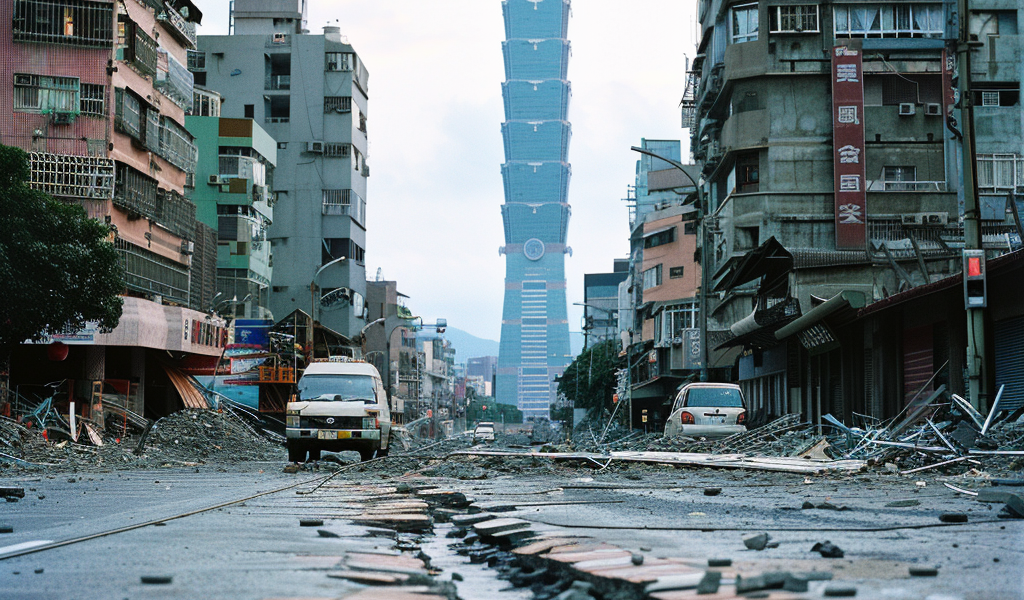When a 7.4-magnitude earthquake hit Taiwan’s eastern coast on April 3, the first concern involved the risk to people and property. Here, the news was not as dire as initially feared — only nine people have been reported killed as of Wednesday evening, along with hundreds of injuries. Considering that Wednesday’s quake was the strongest in Taiwan in 25 years — and that earthquakes of similar strength have killed tens of thousands of people or more in other countries — this could have been much worse.
Taiwan was largely able to withstand such a powerful quake because the island has taken earthquake preparation seriously, strengthening its building codes after past disasters and drilling its population in how to respond. The newest buildings tended to fare best — the 1,670-foot Taipei 101, the island’s tallest building and designed to dampen shaking in a quake, barely moved.
There was one other way in which Taiwan — and the world — avoided a worse outcome from the earthquake: the island’s all-important semiconductor manufacturing industry seemed to emerge largely intact. That’s good news — but it’s also a reminder of how fragile some of the most important nodes of the global economy remain.
To say that Taiwan is important to the global tech industry is like saying oxygen is important to breathing. Taiwan as a whole is responsible for making 80 to 90 percent of the world’s most advanced computer chips — ones for which there is no current substitute. Taiwan’s TSMC makes up half of that production on its own, and 90 percent of the chips TSMC makes are produced in its 12 fabrication plants — or “fabs” — on the island.
Fortunately, all of those fabs are on the western side of the island, away from the epicenter of the April 3 quake. Even a slight vibration, though, is enough to throw off the highly sensitive work of semiconductor manufacturing, and some machinery was halted or even damaged.





